The Complete Homesteader’s Guide to Greywater Systems
Every homestead can benefit from using a greywater system. It’s one of the key components of off-the-grid living for water efficiency and reuse. Most Americans use 88 gallons of water daily, according to the U.S. Environmental Protection Agency (EPA). Irrigation accounts for nearly a third of all residential water use.
Homesteaders use water for many things, including growing crops and watering livestock. Greywater can replace some of the freshwater used on homestead farms that rely on irrigation methods to reduce outdoor water use.
If you’ve always wanted to learn more about incorporating a greywater system into your homestead, then this blog is for you. In it we discuss:
- What is a greywater system?
- How does a greywater system work?
- What are the benefits of a greywater system?
- How do homesteads use greywater systems?
- Can you construct your own greywater system?
What is a greywater system?
Before we can define what a greywater system is, we must first explain the type of water it handles. Greywater is the fancy name given to fresh water that’s already been used for tasks like bathing or showering, handwashing, and washing laundry.
Freshwater that mixes with feces – like that from a toilet or a cloth diaper rinsing pail – is not considered greywater and should never be filtered into a greywater system because it could spread disease.
Greywater system defined
A greywater system takes once-used water from bathing or laundry washing and recycles it for other purposes. Just because greywater looks dirty doesn’t mean it’s unsafe for other uses like:
- Irrigation systems for food crops.
- Toilet flushing.
- Watering gardens.
When you live in a part of the country prone to drought like we do, reusing water can be a necessity. They’re simple and easy to use and can cut down on your freshwater usage.
Most greywater systems have a three-way valve that allows you to switch between using the greywater and redirecting it to the sewer or septic system. We’ll talk about that more later in the section on how to construct your own greywater system.

How does a greywater system work?
A greywater system’s job is simple: it takes once-used water from tubs and washing machines and redirects it from the septic or sewer to holding tanks for additional homestead use. They’re an effective way to make the most of your water supply while increasing your homestead’s water efficiency.
The simpler your design, the easier it is to use greywater around your homestead. Most greywater systems don’t require machinery or pumps to operate and are virtually maintenance-free. Check out the section below on how to make your own for tips on the best design.
What are the benefits of a greywater system?
The biggest benefit of using a greywater system is it cuts down on your freshwater consumption. If you use municipal water, greywater systems can reduce your monthly or quarterly water bill. Even if you have well water, drought conditions can make your water supply unreliable.
Another huge advantage to greywater systems is they make your homestead eco-friendly. When you keep filtered water from your tubs and washing machines from flowing directly into the septic system or sewer, you’re protecting the environment.
The more ways you can find to recycle once-used freshwater on your homestead the better.
How do homesteads use greywater systems?
Unlike residential homeowners, homesteads and other off-grid communities are better positioned for fully using a greywater supply. In addition to crop and garden irrigation and toilet flushing, homesteaders can use greywater to create wetland garden features or wash their farm equipment and other vehicles.
When you live in a hot and arid climate, you must think creatively about all the ways you can recycle and reuse freshwater on your homestead. If you’re not consuming it or allowing your livestock to drink it, most other uses for greywater are safe.

Does the Ultimate Homesteading Book Collection Include Information on Greywater Systems?
Yes, the ultimate homesteading book collection does include information on greywater systems. With a focus on sustainable living and self-sufficiency, these books cover a wide range of practices, including water conservation and reuse. Whether you’re new to homesteading or a seasoned pro, these books provide valuable insights for a more environmentally friendly lifestyle.
Can you construct your own greywater system?
Greywater systems are quite simple in their construction and functioning. Anyone can build and use one, including most homesteaders. You always have the option of choosing a manufactured greywater system, available at a variety of price points for budget-conscious homesteaders.
If you choose to make your own, you can follow our recommendations for materials and models below for the best results.
Materials needed for a homestead greywater system
When making your own simple greywater system, you need a few materials to pull it off. Here’s what we suggest:
- 55-gallon barrels
- Crushed stone
- Garden hose
- Gravel
- Hose clamp
- Nylon hose
- Plastic spigot
- Sand
- Weed mat
Once you have all the materials needed, you can begin constructing it. The first thing you must do is design a crude filtering system for the greywater. Here’s how:
Step 1: Install a spigot at the bottom of your 55-gallon barrels using a drill with the correct sized bit. Make sure you place a rubber washer between the spigot and the barrel for a solid seal.
Step 2: Pour a 6-inch layer of stone into the container. Then, place a sheet of weed mat (or any other mesh filter material) on top of the stone. You may need to cut the mesh material to fit the shape of the barrel.
Step 3: Pour a 10-inch layer of sand on top of the weed mat or mesh material.
Step 4: Put a 1-inch layer of gravel over the top to hold the sand in place.
Once your filtration is in place, you need to divert your greywater supply to the barrels instead of the septic system or sewer. Attach a discharge hose directly into your drum with a hose at the bottom of the spigot. You can leave the spigot open if it’s going to flow directly into the area where you wish to reuse greywater (like a garden). Otherwise, you can divert it into another barrel for later use.
Common greywater system mistakes to avoid
Never use greywater for a drinking water supply for your Jersey cattle or other homestead livestock. While it’s suitable for watering your crops and garden, it’s never OK to reuse it for drinking water. Greywater contains particles and other contaminants shed from the human body that your plants may love but could compromise the health of your homestead animals.
Other common greywater mistakes to avoid include:
- Failing to properly redirect greywater. Part of building a greywater system includes making sure you know where the water is going after it has been redirected from the septic or sewer system. It’s best to avoid a perforated pipe greywater system because it makes it difficult to see where water is going and can lead to clogs from suspended soils or gravel in the pipes.
- Irrigating the wrong plants. Flowerbeds and trees love greywater and can even thrive on it. Watering your grass (if you have any) with greywater can backfire because of the kinds of microorganisms found in greywater. You can get a filtration system that allows you to use greywater in this way, but most homesteaders don’t want to go to the expense or hassle.
- Storing greywater too long. We recommend using greywater within 24 hours while it’s still rich in oxygen and has the most benefit to crops and plants. If you store it for too long – especially in hot climates – it can become septic. Not only does becoming septic make your greywater smell bad, but it also makes it unsafe for use.
- Using the wrong equipment. We recommend avoiding conventional drip emitters because they can lead to scaling inside irrigation tubing and pipes. Gravity-fed irrigation systems also have their problems, including an inability to irrigate more than a few trees or plants simultaneously.
Are you ready to get started with a greywater system on your homestead? We’d love to hear your tips and tricks for using one in the comments.
Happy homesteading!
Sources:
About Greywater Reuse. greywateraction.org. Accessed September 7, 2022.
Current U.S. Drought Monitor Conditions for New Mexico. drought.gov. Accessed September 7, 2022.
Greywater Characteristics, Treatment Systems, Reuse Strategies and User Perception – a Review. ncbi.nlm.nih.gov. Accessed September 7, 2022.
Manufactured Greywater Systems. greywateraction.org. Accessed September 7, 2022.
In our kitchen, we only use cultures from Cultures for Health.
Get yours here and start culturing today.
Popular Articles
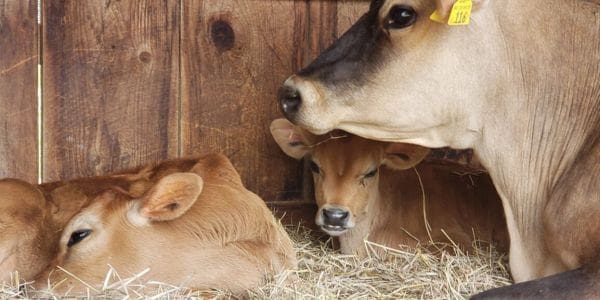
Raw Milk Revolution: 2023’s Milestones in State Legislation
Newsletter
Get signed up to get latest updates and new information from the Jersey Milk Cow!
This site uses Akismet to reduce spam. Learn how your comment data is processed.



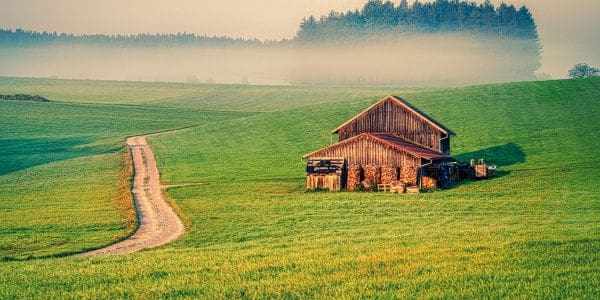
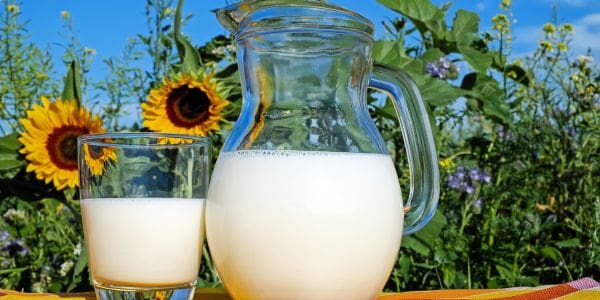


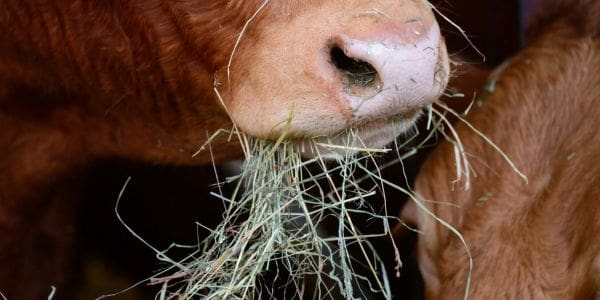
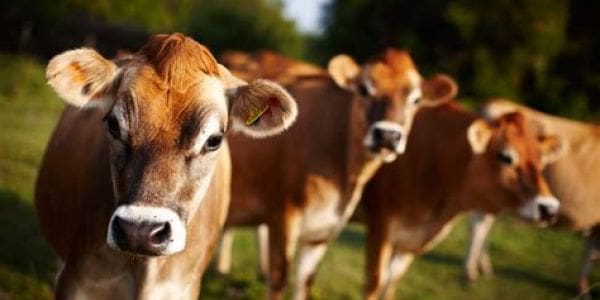


Leave a Reply